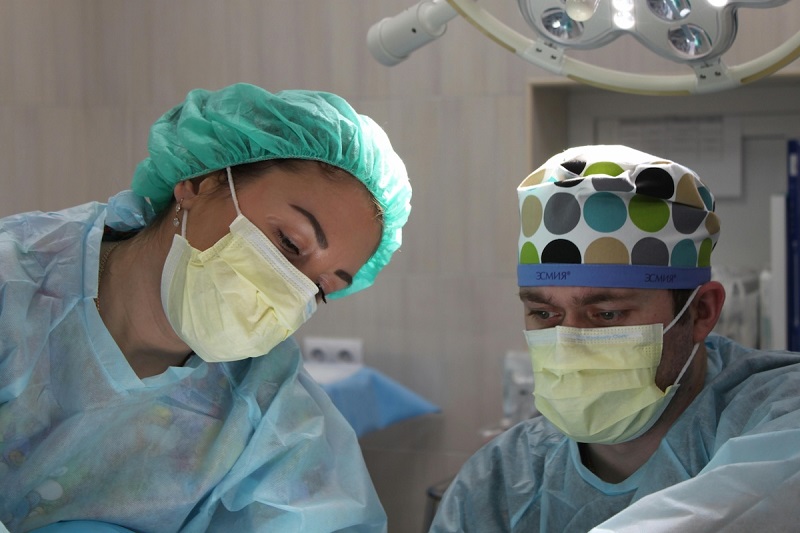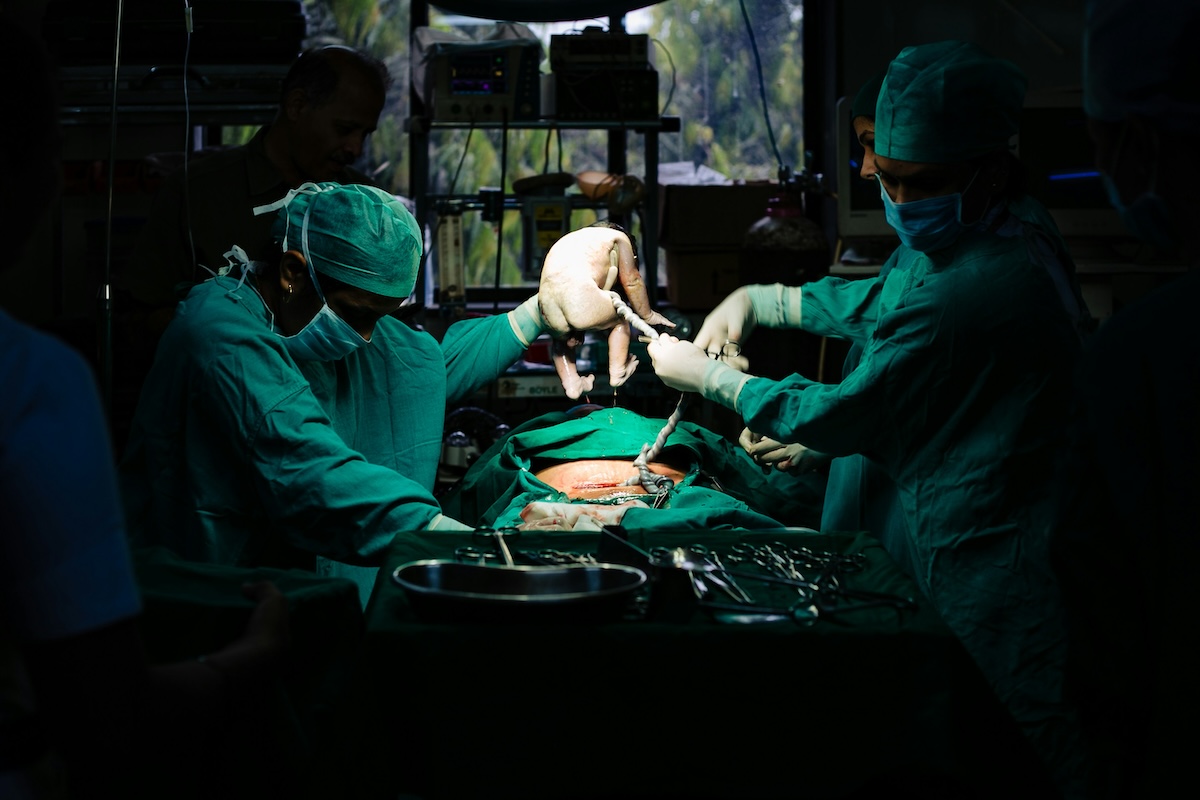You have mentioned that having a salpingectomy during a final C-section can reduce the risk of having ovarian cancer later. That was definitely not on my radar when I had my last C-section. Now I have no plans to have another child (and therefore no plans for another C-section), so a salpingectomy seems unnecessary, especially since I don’t have a family history of ovarian cancer. But is it unnecessary? If ovarian cancer is substantially reduced, should anyone consider getting a bilateral salpingectomy even if it is a separate surgery?
—Anonymous
This is a great question for the data! One of the reasons doctors like performing salpingectomies during C-sections — and indeed, with other gynecologic surgeries, like hysterectomy — is because salpingectomy adds so little additional risk to the procedure. The ovarian cancer benefit is a bonus. But does it follow that the benefit is worth the risk of a separate surgery?
All surgeries are associated with some risk — you may have a reaction to anesthesia, the amount of bleeding could be higher than expected, you could get an infection — but not all surgeries carry the same level of risk. The question we should always ask is: do the benefits of this surgery outweigh the risks of the surgery for me?

We know that the benefit of bilateral salpingectomy is that it reduces the risk of ovarian cancer by about 80% in women at typical risk. That sounds great, but that is a relative risk reduction. What are your chances of getting ovarian cancer to begin with?
The incidence of ovarian cancer is about 1.1% among women in the U.S. That includes women with a family history of ovarian cancer, so the incidence in women with no family history would be somewhat lower. An 80% reduction would reduce that risk to about 0.2%, an absolute risk reduction of about 0.9%.
If you chose to have a bilateral salpingectomy, it would likely be performed laparoscopically. There are no studies of laparoscopic bilateral salpingectomy alone, but in studies of laparoscopic sterilization procedures, including tubal ligation, partial salpingectomy, and total salpingectomy, the risk of complications reported is about 0.8%. For comparison, salpingectomy done at the time of C-section or hysterectomy adds virtually no additional risk or recovery time to the procedure.
The final aspect I would urge you to consider is cost — I don’t mean just in dollars, but also in time. Sure, depending on your insurance, you might have to pay for some portion of the cost of the procedure. And you will need time to have the procedure and recover from it physically. Salpingectomy during a C-section or hysterectomy does not add any recovery time, but a laparoscopic salpingectomy will require up to a week of recovery time.
Ultimately, both the risks and the benefits as a stand-alone surgery are small. Neither I nor anyone else can tell you whether a small reduction in the absolute risk of developing ovarian cancer outweighs the small risk of complications associated with bilateral salpingectomy and the costs, both in time and money, associated with the procedure.
Community Guidelines















Log in